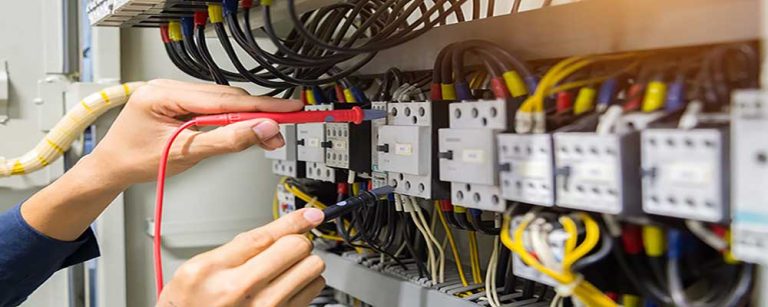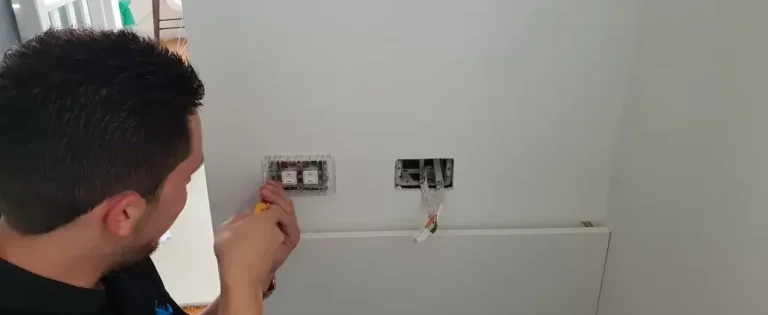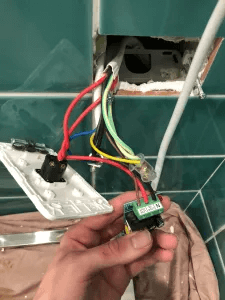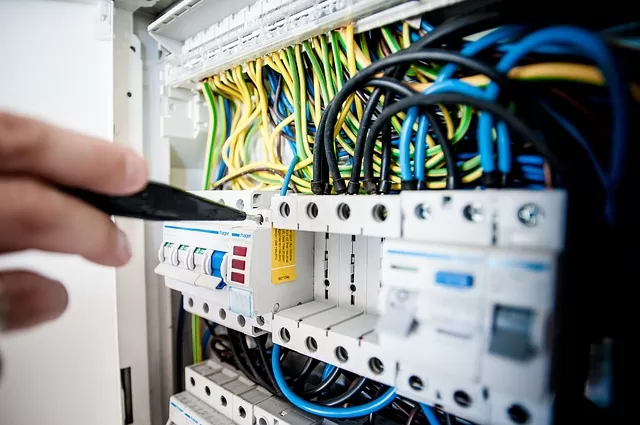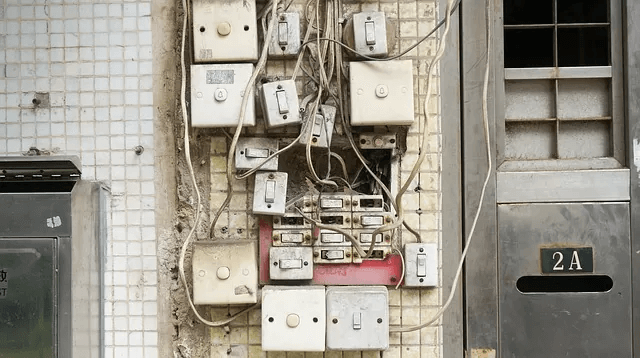If you have been curious to know about the insides of standard switchboards, keep on reading to identify some common components of switchboards,
Rewirable Fuse
The fuse wire is capable of handling a specific amount of current up to a specified point (for example, 10amps) and as soon as this limit has been exceeded the fuse wire will break and melt the electricity flow. This normally occurs when the circuit is being overloaded or when a short circuit happens.
Circuit Breakers
Circuit breakers were utilized to switch out fuses for the subsequent overload protection equipment. The benefits circuit breakers have over fuses are their capability to be smoothly readjusted by flicking a button or switch instead of rewiring a fuse, are more delicate to current irregularities, less difficult to determine defective circuits and their reusability which helps you to save on maintenance expenses. Circuit breakers come in numerous forms, amongst the more typical forms include:
- MCBs — These are the modern circuit breaker which provides overload protection while being more compact which takes up less space in the switchboard. They are the most common form
- Circuit breaker – A very early type of circuit breaker could be recognized by its huge black casing and are truly much bigger compared to the more advanced MCB other models
- Push-button MCB – These were utilized as a fast and inexpensive way to switch out fuses by becoming a plug-in circuit breaker which still utilizes the fuse foundation. They work the same way like an\ average MCB but make use of a push-button rather than a switch.
- Plug-in MCB – These are the updated variation of Push Button MCBs. Similarly, they also use the authentic fuse base and offer an even smoother reset feature utilising a switch and have a fast detection for off or defective circuits.
Residual Current Devices
These are electrical safety devices that detect minute adjustments in current between the red stage and black natural wires. When a difference in current is detected (Usually due to seepage to earth due to an electrical failure), the RCD is forced to trip, causing power loss in that circuit.
They include an additional layer of protection over average MCBs simply because they can detect possibly hazardous defect currents that might not be big enough to overload the MCB instantaneously yet still can trigger damage or death to an individual. They could be recognized as a very wide looking MCB that comes with a test button
- Main Switch and main fuse
Both Main Switch and Main fuse are the final lines of protection on your regular switchboard. In concept, these should never blow or trip because the RCD or MCB safeguarding the circuit need to trip before these do. The main function of these two components is that they are primarily utilized to isolate power to your overall setup, which makes it secure to undertake standard electrical maintenance such as rewire fuses or switch out light fixtures or power points
All of the above concludes the typical breakdown of what you can discover within your typical domestic household switchboard.
Similar to everything electrical, when you are uncertain or concerned about anything you identify in your switchboard or what you can do with it, you are recommended to contact a licensed electrician at Moses Electrical to take a look and investigate your switchboard.
For all your switchboard needs, give us a call on 04 476 3240
to secure your peace of mind now. You can check out the rest of our services on our website.

